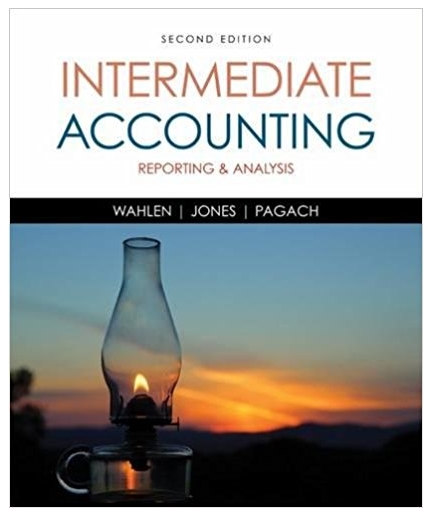Brush Company engaged in the following transactions at the beginning of 2016: a. Purchased a patent (Patent
Question:
a. Purchased a patent (Patent A) for $70,000 that had originally been filed in January 2010. The purchase was made to protect another patent (Patent B) that the company had filed tor in January 2012 and subsequently received.
b. Purchased the rights to a novel by a bestselling novelist in exchange for 10,000 shares or $10 par value common stock selling for $60 per share. The book is expected to sell 1,500,000 copies over the next 3 years with no significant sales of the novel expected beyond 3 years.
c. Purchased the franchise to operate a terry service from the state government for $10,000. A bridge has been planned to replace the ferry, and the bridge is expected to be completed in 5 years. Brush hopes that the terry will continue as a tourist attraction, but profits are expected to be only 20% of those earned before the bridge is opened.
d. Paid $28,000 of legal costs to successfully defend the patent acquired in Transaction a.
e. Paid a race car driver $50000 to have the Brush Company name prominently displayed on the race car for 2 years.
Required:
1. Prepare the journal entries to record the preceding transactions.
2. Prepare the journal entries to record the amortization of intangible assets for 2016, if appropriate. Amortize over the legal life unless a better alternative is indicated. Intangible Assets
An intangible asset is a resource controlled by an entity without physical substance. Unlike other assets, an intangible asset has no physical existence and you cannot touch it.Types of Intangible Assets and ExamplesSome examples are patented... Common Stock
Common stock is an equity component that represents the worth of stock owned by the shareholders of the company. The common stock represents the par value of the shares outstanding at a balance sheet date. Public companies can trade their stocks on... Par Value
Par value is the face value of a bond. Par value is important for a bond or fixed-income instrument because it determines its maturity value as well as the dollar value of coupon payments. The market price of a bond may be above or below par,...
Fantastic news! We've Found the answer you've been seeking!
Step by Step Answer:
Related Book For 

Intermediate Accounting Reporting and Analysis
ISBN: 978-1285453828
2nd edition
Authors: James M. Wahlen, Jefferson P. Jones, Donald Pagach
Question Posted:





